The History of Tourism in Branson
The History Of Tourism in Branson

The History of Tourism in Branson
Branson's tourism industry took off in 1960, so much so that Missouri Pacific stopped passenger service on its White River Line. Traffic on the winding U.S. 65 from Springfield to Branson often delayed passage since many people arrived by automobile.
A new road through the limestone hills was constructed with the assistance of dynamite teams and earth-moving equipment, cutting the 75-mile distance between Springfield and Branson down to 40 miles. After this new road was built, Branson has long seen a surge in visitors from nearby Missouri cities.
Branson's stunning scenery, fascinating history, amazing sights, and thrilling activities have made it a well-liked tourist destination. The exciting river journey on a jetboat in Branson is one of the newest attractions that many people want to experience.
See more about Branson's tourism history by reading important historical facts.
Marvel Cave was first discovered by the Osage Indians about 1500 AD. The Spanish came to the region in 1541 hoping to find the Fountain of Youth and were let down. In 1869, miners from St. Louis went there hoping to find marble and lead ore, but they left just as disappointed.
William Henry Lynch, a mining specialist from Canada, discovered the Marvel Cave, bought it, and moved to the Ozarks with his two daughters to become the region's first tourist destination. Marvel Cave has been operating for almost 50 years, initially welcoming visitors in 1894.
The Herschend family leased the cave in 1950 and performed substantial renovations to facilitate simple access for visitors. The Herschend family built an 1880s Ozark Mountain Village around Marvel Cave's entrance in 1960, marking the start of Silver Dollar City's development.
1907 – Shepherd of the Hills Puts the Ozarks on the Map
Aspiring writer Harold Bell Wright from Kansas relocated to the Ozarks in 1898, settling on John and Anna Ross's land. Wright wrote The Shepherd of the Hills, a 1907 publication that honored the magnificence of the Ozarks and its people, as an homage to the beauty of his delightful life in Branson, Missouri. After being published, the book was a huge hit, selling millions of copies.
For over ten years following the book's release, there was a surge in tourism in the region, with many visitors asking questions about "Old Matt's Cabin," as Wright called the Ross Homestead in the book. In 1923, Lizzie McDaniel purchased the Ross Homestead and converted it into a museum. McDaniel staged the first Shepherd of the Hills reenactments on the homestead's lawn.
1910s – Rockaway Beach Becomes a Vacation Hot Spot
Constructed in 1913, the Ozark Beach Dam provided water to Lake Taneycomo. She facilitated the development of the nearby vacation resort of Rockaway Beach. After the surrounding community grew, tourists eager to enjoy boating, fishing, and swimming in Lake Taneycomo's waters arrived.
Most tourists to Rockaway Beach get there by boat from the White River Line Railway depot in nearby Hollister, Missouri, located on Lake Taneycomo. Today, Lake Taneycomo makes it a great destination to enjoy a thrilling river journey on a jetboat in Branson.
Before Table Rock Lake was created in 1959 due to the Table Rock Dam, Rockaway Beach was well-liked for a long time. As the lake at Rockaway grew unsafe for swimming, the resort lost its appeal as a holiday destination.
Conversely, Rockaway Beach has reinvented itself as a quaint village on the lake, offering some of the country's greatest trout fishing.
1959/1960s – Live Music Starts in Branson
In 1959, the Mabe brothers, also referred to as the Baldknobbers, made Branson famous by being the first Missouri community to host live entertainment events. The group's combination of humor and country music created a winning formula for the genre in Branson and is still featured in many hit performances. The singing comedians moved to a new theater on W. Taneycomo from their old location near Lake Taneycomo Country Road.
Moreover, Branson is fast emerging as one of the country's premier golf destinations, partly because of Johnny Morris, the founder of Bass Pro Shops, who made significant investments there. Five nationally acclaimed golf courses may be found near Morris's Big Cedar Lodge, an opulent forest resort south of Branson. Branson is one of the nation's greatest and most stunning golf destinations, home to Big Cedar Golf and numerous other award-winning golf courses.
Branson is steadfast in providing a holiday spot that appeals to all travelers. Branson continues to expand, drawing tourists for decades due to its natural beauty, outdoor leisure opportunities, live music events, and family attractions.
With so many tourist attractions in this most visited city in Missouri, many guests who have had a wonderful vacation here want to extend their stay and enjoy even more of their time with fascinating water adventures, such as on a thrilling river journey on a jetboat in Branson.

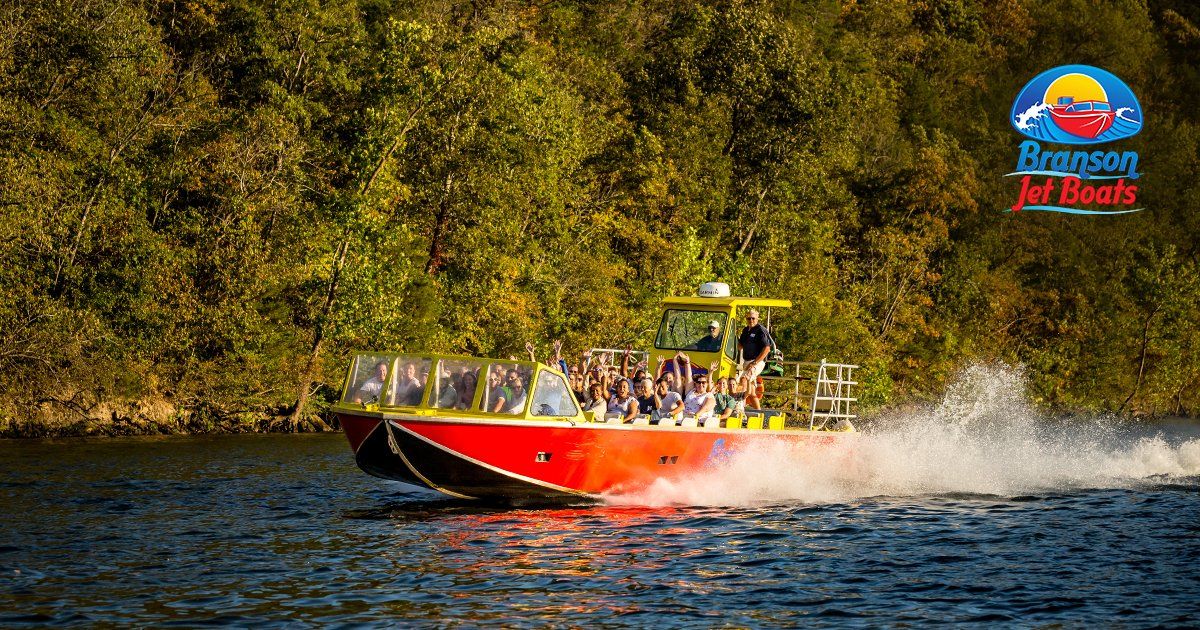
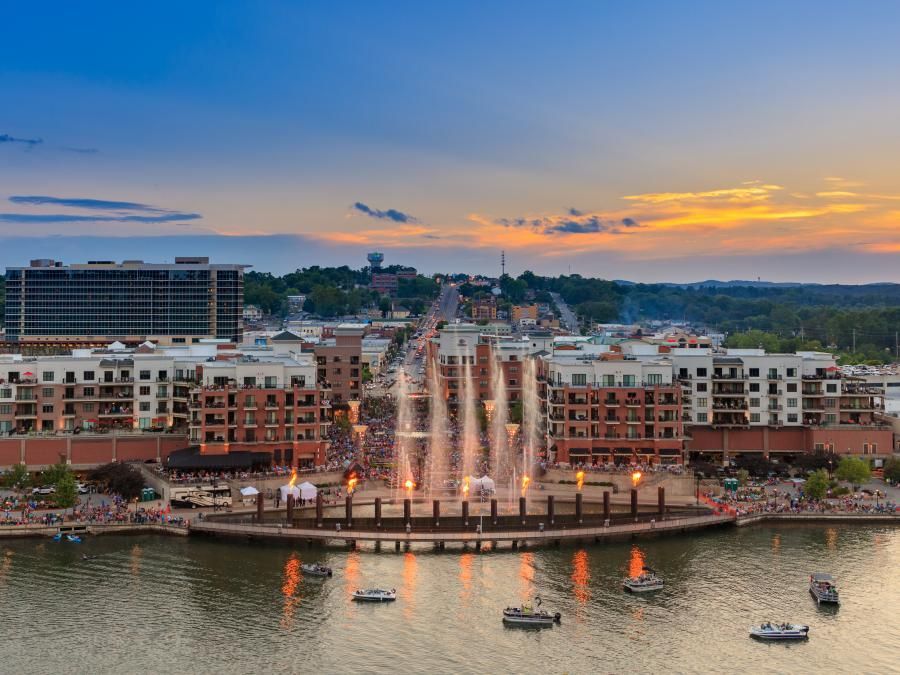
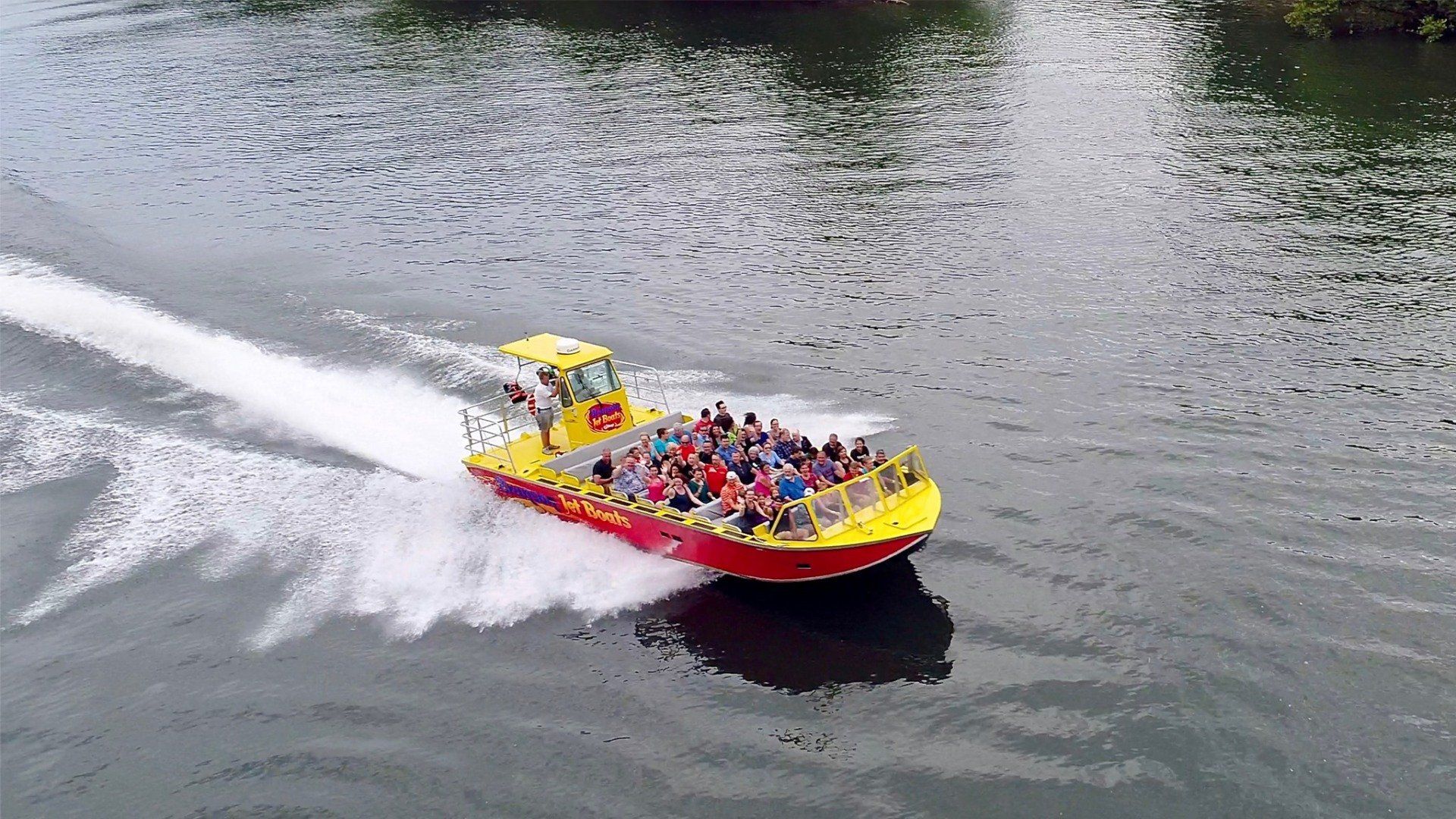
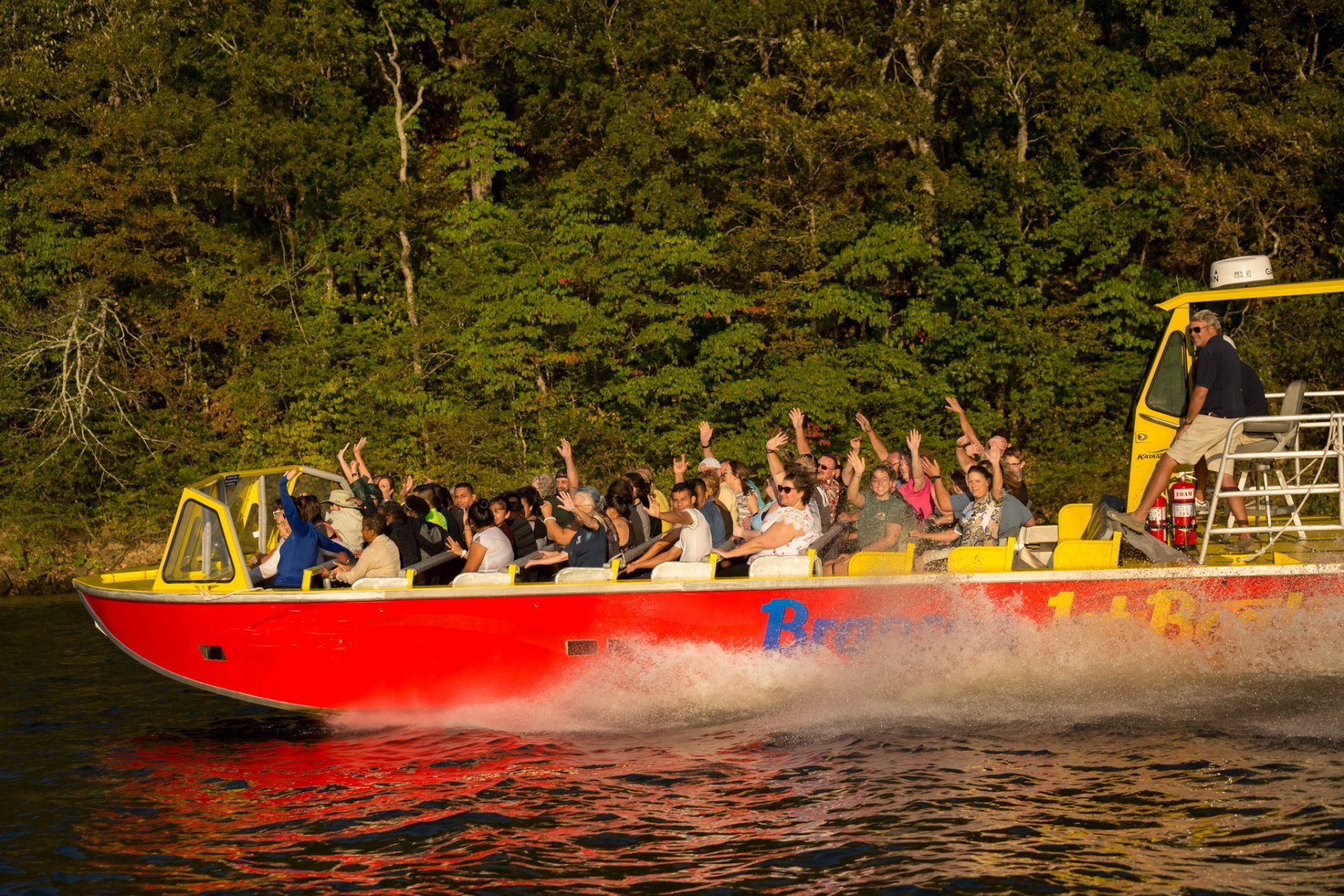


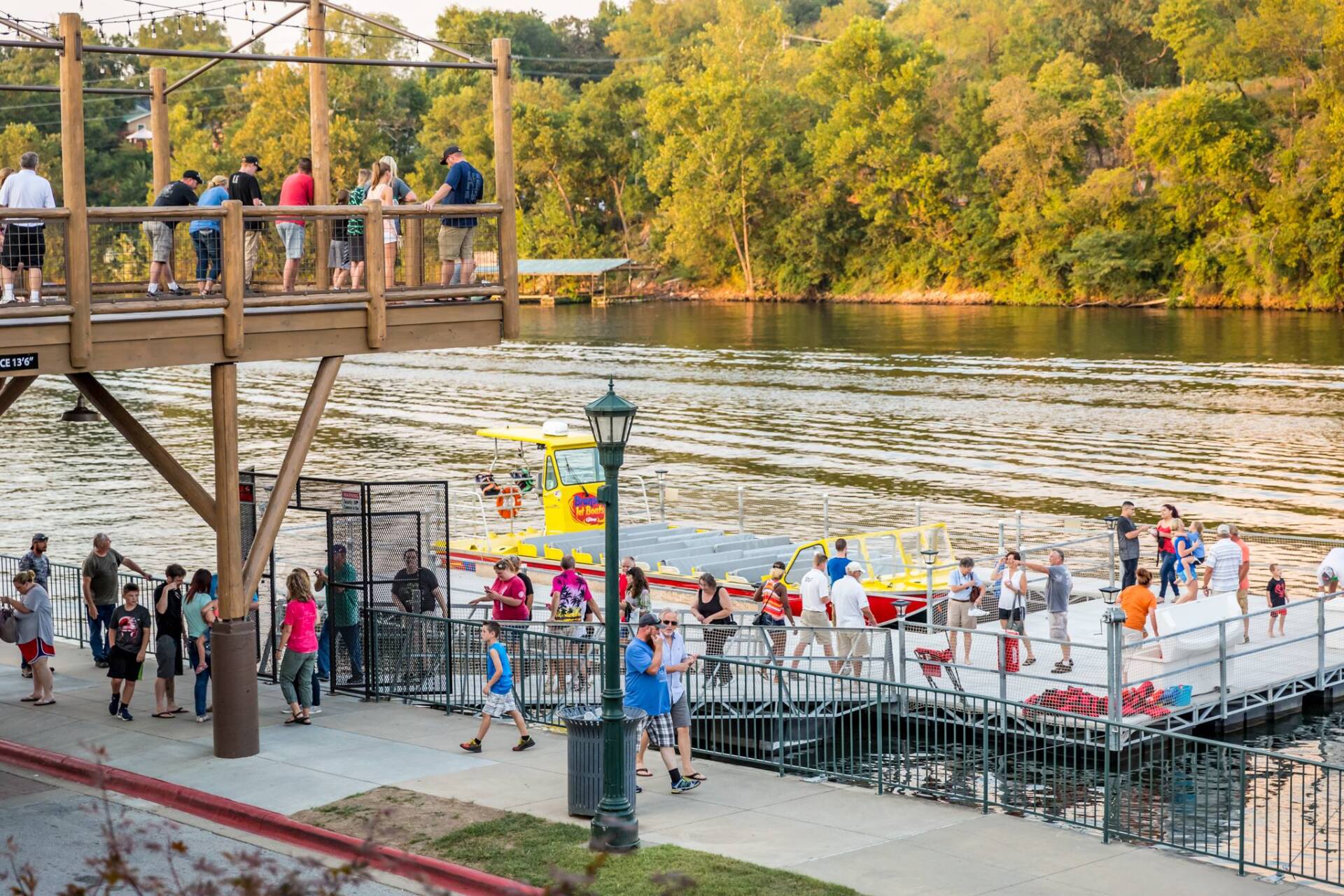






 by
by